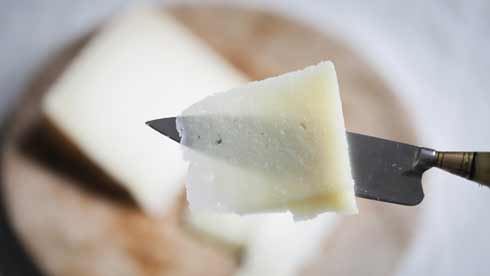
3 hours and 15 minutes
2 hours and 15 minutes
1 hour
12 people
ingredients
- 4 chicken thighs
- 2 legs and 2 breasts of rabbit
- 2 legs and 2 breasts of partridge
- 1 bay leaf
- 1 sprig of thyme
- 1 sprig of rosemary
- 10 black peppercorns
- 1 teaspoon sea salt
- FOR THE BASE
- 1 head of garlic
- 5 tablespoons Brindisa Arbequina Olive Oil
- 2 onions, chopped (about 1cm)
- 1 teaspoon thyme
- 1 bay leaf
- 4 tomatoes
- sea salt
- FOR THE TORTAS
- 600g white flour, plus extra for dusting
- ½ teaspoon salt
- a little honey, to serve (optional)
- a little thyme, to garnish (optional)
"There are many versions of this classic dish, which is traditional in inland Valencia, Alicante and particularly southern Castilla, around La Mancha. The first time I came across it, it was a complete revelation because even in Spain most people associate the word gazpacho with cold summer soup, whereas gazpachos in the plural refers to unleavened tortas (thin flour and water biscuits or breads, also known as tortas cenceñas or ácimas) which are traditionally added to, and also accompany, this homely, hearty winter small-game stew. Presumably, the link between the two dishes is the idea of adding the torta in the case of the stew, or bread, in the case of gazpacho soups, to soak up and bulk out the other ingredients.
Gazpachos is originally a shepherd’s dish, made with any small game (wild rabbits, hare, partridges) that could be shot and cooked in water with lots of garlic and herbs in a ceramic pot or a special pan with a long handle and legs that would sit over a campfire in the countryside or hills. The flour and water tortas would be made and baked in the ashes - some would be broken up and added to the pot to bulk out the stew like pieces of pasta which become enriched with the stock, and one big one would be kept to use as a communal plate. Usually there would be more tortas made than were needed, so there would always be some left over to add to the next stew.
When the meat was cooked it would be stripped from the bones, cooked further with the torta pieces in the stock, and then put out on the communal torta ‘plate’ for the shepherds to scoop up, using yet more tortas. Once the meat was finished, they would spread the ‘plate’ with wild honey, then break it up and share it out for pudding.
I wanted to introduce people to this less famous small game stew from the south of the region with this recipe from my friend Pilar Sapena. Pilar makes her own tortas in her bread oven, which when added to the stew give it the luscious consistency of a lasagne, and one of our chefs, Francisco Juan Martinez Lledo, who is also from Alicante, helped us to perfect the recipe.
Often for this dish the meat is cooked on the bone, but Pilar likes to poach it first, then debone it before cooking in the stock."
METHOD
-
First make the tortas. Put the flour and salt into a bowl, make a well in the centre and slowly mix in 250ml of water, kneading well until you have a homogeneous dough that has quite a dry consistency (this can take up to 20 minutes, so you can do it in a mixer with a dough hook, if you prefer). Put into the fridge to rest for 30 minutes.
-
Lightly flour your work surface and break up the dough into 8 balls. Roll out each ball into a round of about 1mm thick, and of a size to fit the base of a large, heavy-based frying pan.
-
Put the dry pan over a low heat. When the base is hot, put in your first torta and toast it, turning regularly, until there are no uncooked areas left. Lift out and lay on a rack to avoid condensation as it cools. Repeat with the rest of the tortas.
-
Put all the meat in a casserole along with the bay leaf, thyme, rosemary and peppercorns. Add 2 litres of water, plus the salt, and bring to the boil, then turn down the heat and simmer for at least 1 hour, until the meat comes off the bone easily.
-
Take the pan from the heat, lift out the meat (reserving the liquid), allow to cool, then strip the meat from the bones, trying to keep the pieces as big as possible, so they don’t break down into an indistinguishable paste during the next stage of cooking. Keep to one side.
-
To make the base, take the head of garlic, trim off the roots, peel off any loose skin and give it a good bash with the flat of a knife to crack the cloves. Heat the olive oil in a deep frying pan, tipping it to create a deep pool, then put in the garlic and fry until it begins to brown.
-
Add the onion, thyme and bay leaf and cook for about 5 minutes, until the onions are translucent and just beginning to brown. Put in the tomatoes and a pinch of salt and simmer steadily until reduced and very aromatic.
-
Add 1.4 litres of the reserved liquid from cooking the meat and bring back to a simmer, then put in the reserved meat. Resist the temptation to stir too much or the meat will break up. Taste for salt and adjust if necessary.
-
Break up four of the tortas into rough pieces (about 3cm) and add to the casserole. Leave them to soften and absorb the tasty stock for at least 10 minutes.
-
To serve, put one remaining torta onto each of 4 plates and ladle the stew on top. Sprinkle with a little thyme, if you like. When the stew has been eaten and each person reaches the gravy-coated torta it will be quite soft, and can be torn or cut into strips and then spread with honey.
ingredients
- 4 chicken thighs
- 2 legs and 2 breasts of rabbit
- 2 legs and 2 breasts of partridge
- 1 bay leaf
- 1 sprig of thyme
- 1 sprig of rosemary
- 10 black peppercorns
- 1 teaspoon sea salt
- FOR THE BASE
- 1 head of garlic
- 5 tablespoons Brindisa Arbequina Olive Oil
- 2 onions, chopped (about 1cm)
- 1 teaspoon thyme
- 1 bay leaf
- 4 tomatoes
- sea salt
- FOR THE TORTAS
- 600g white flour, plus extra for dusting
- ½ teaspoon salt
- a little honey, to serve (optional)
- a little thyme, to garnish (optional)
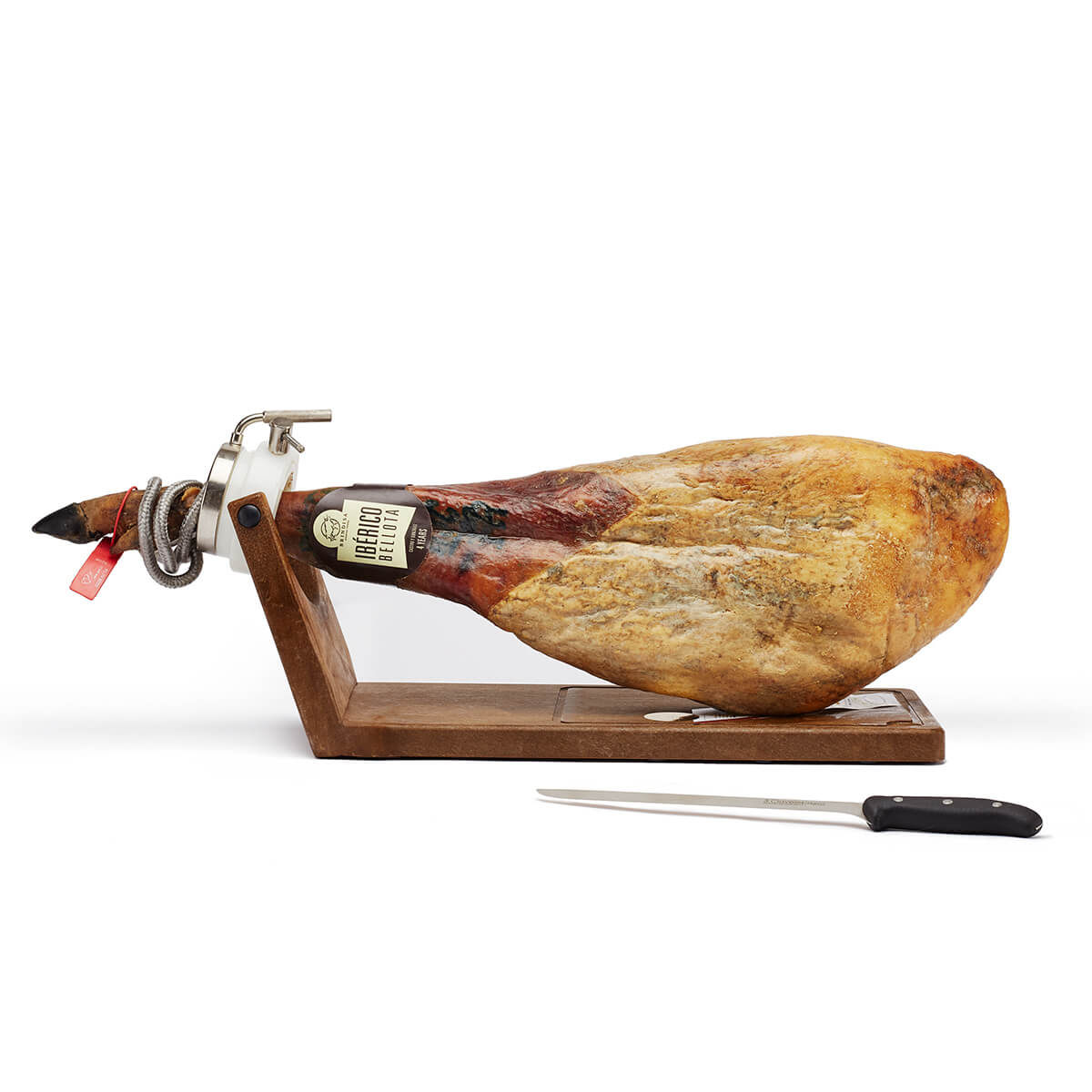 Brindisa Bellota 75% Iberico Ham Kit
Brindisa Bellota 75% Iberico Ham Kit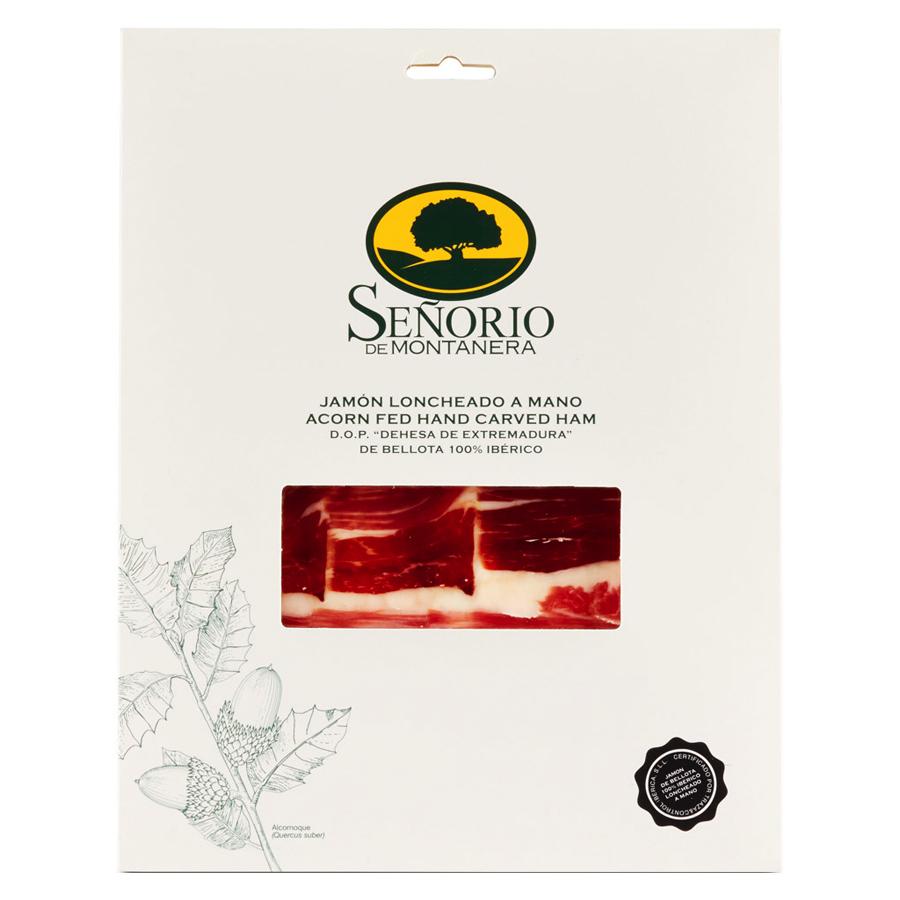 100% Iberico Hand-Carved Ham
100% Iberico Hand-Carved Ham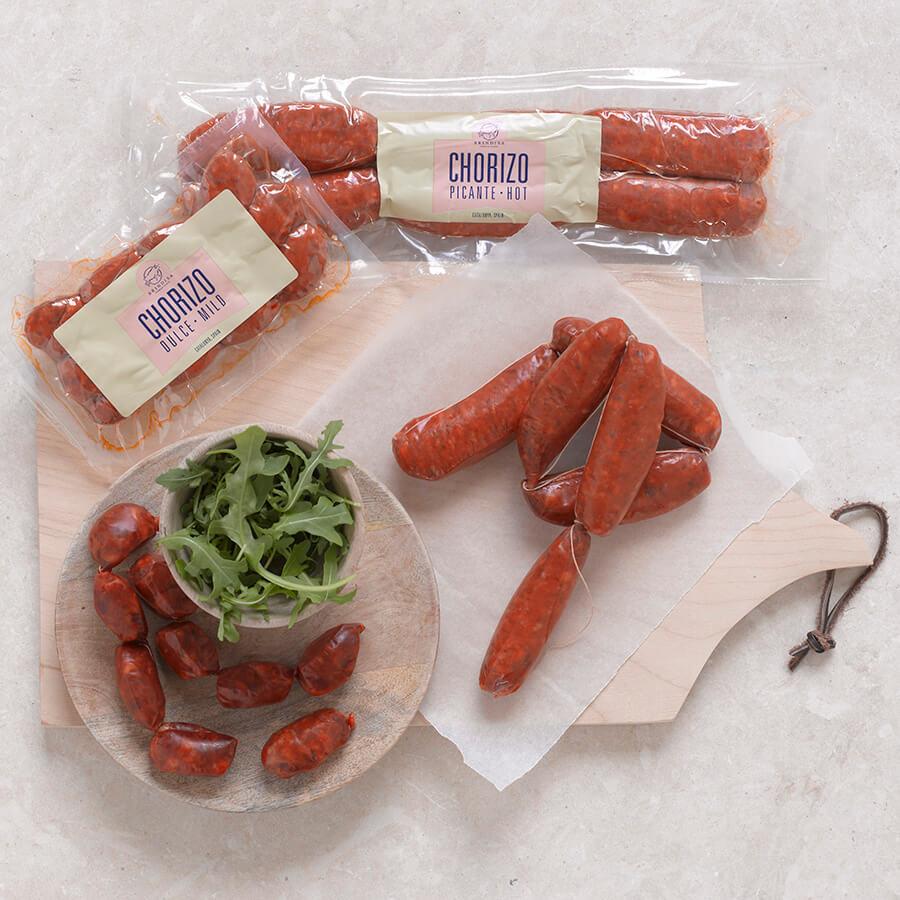 Cooking Chorizo
Cooking Chorizo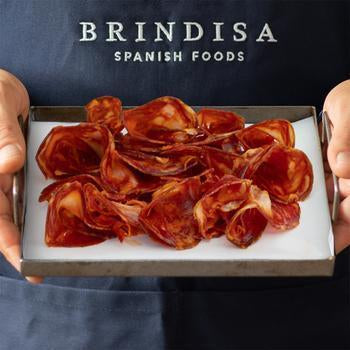 Freshly Sliced Charcuterie
Freshly Sliced Charcuterie Truffle Manchego
Truffle Manchego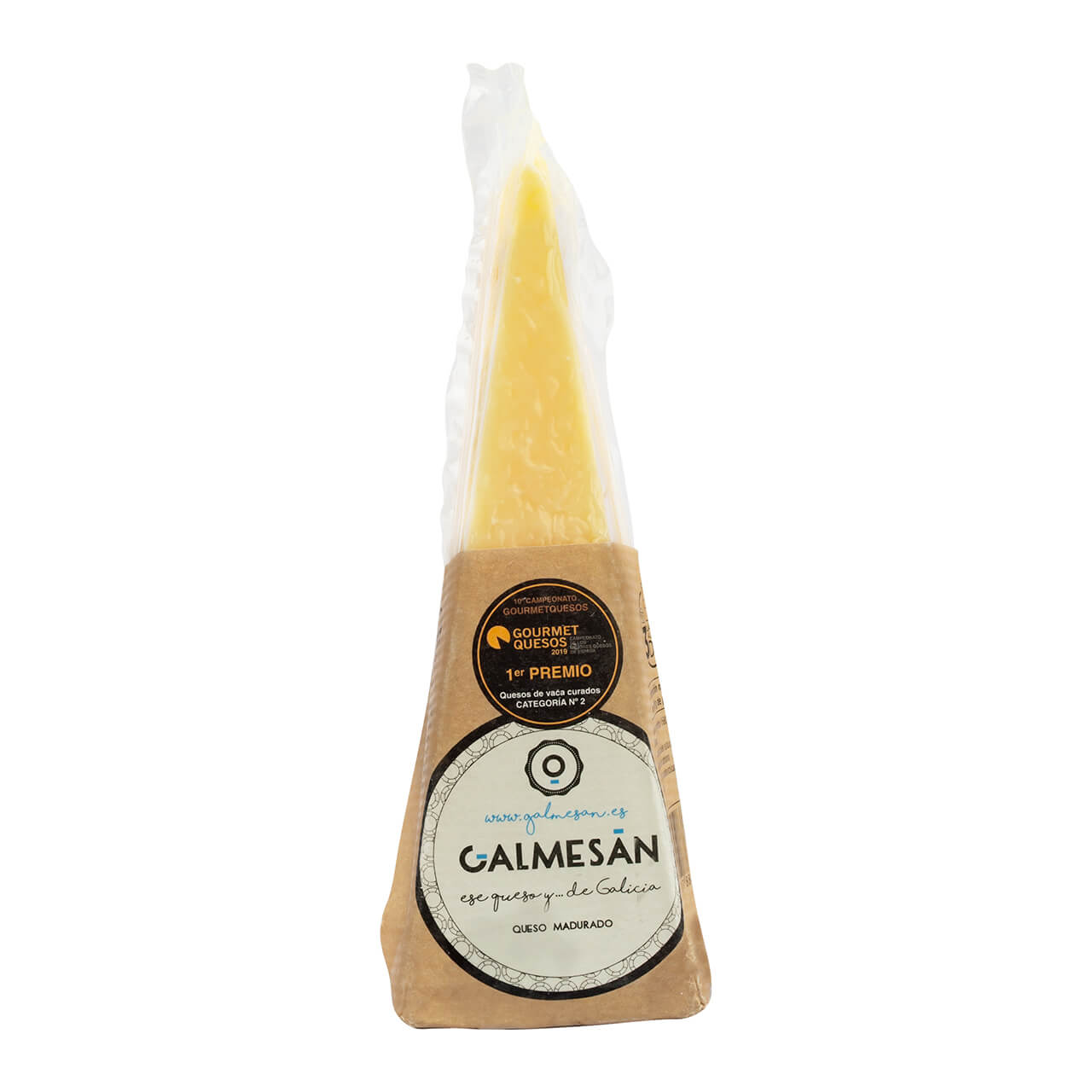 Galmesan Wedge
Galmesan Wedge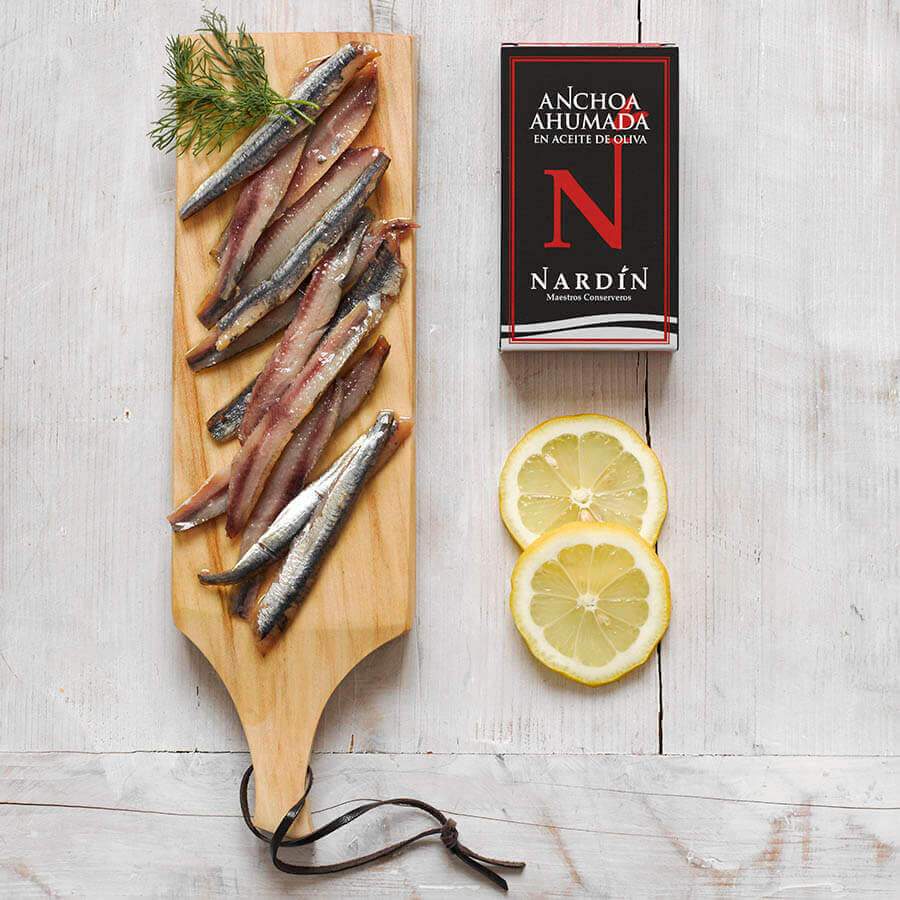 Beech Smoked Anchovies
Beech Smoked Anchovies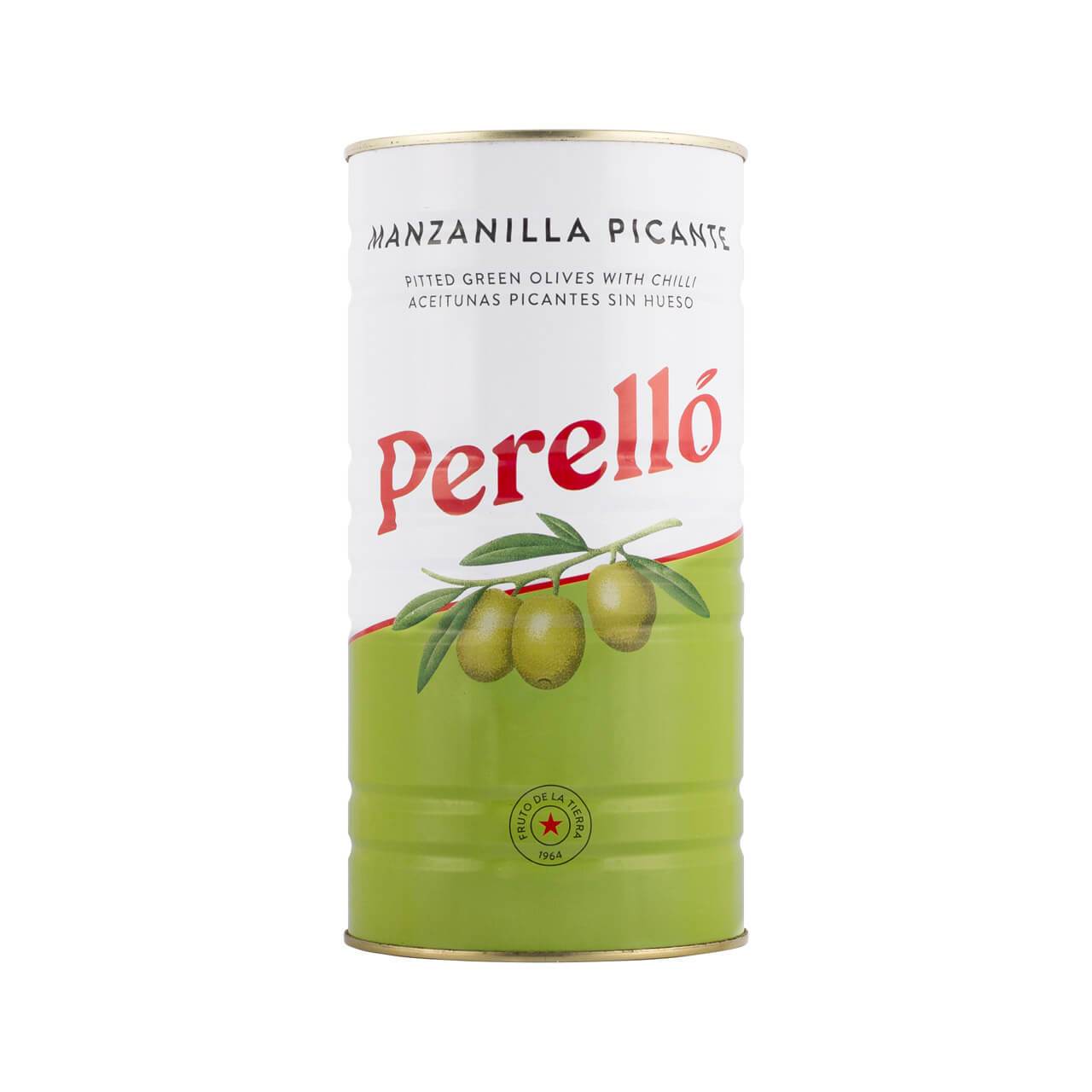 Perello Manzanilla "Martini" Olives
Perello Manzanilla "Martini" Olives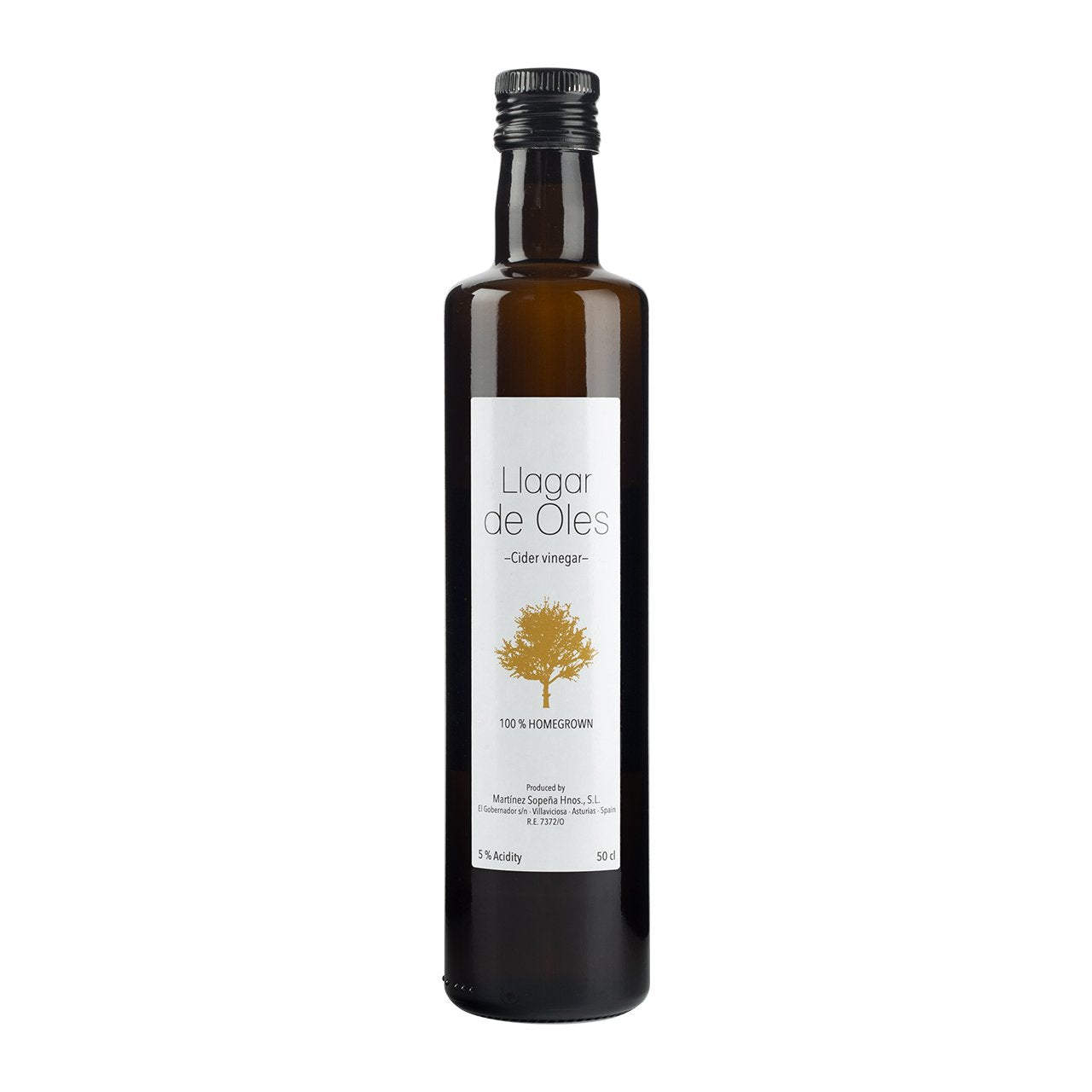 Apple Cider Vinegar
Apple Cider Vinegar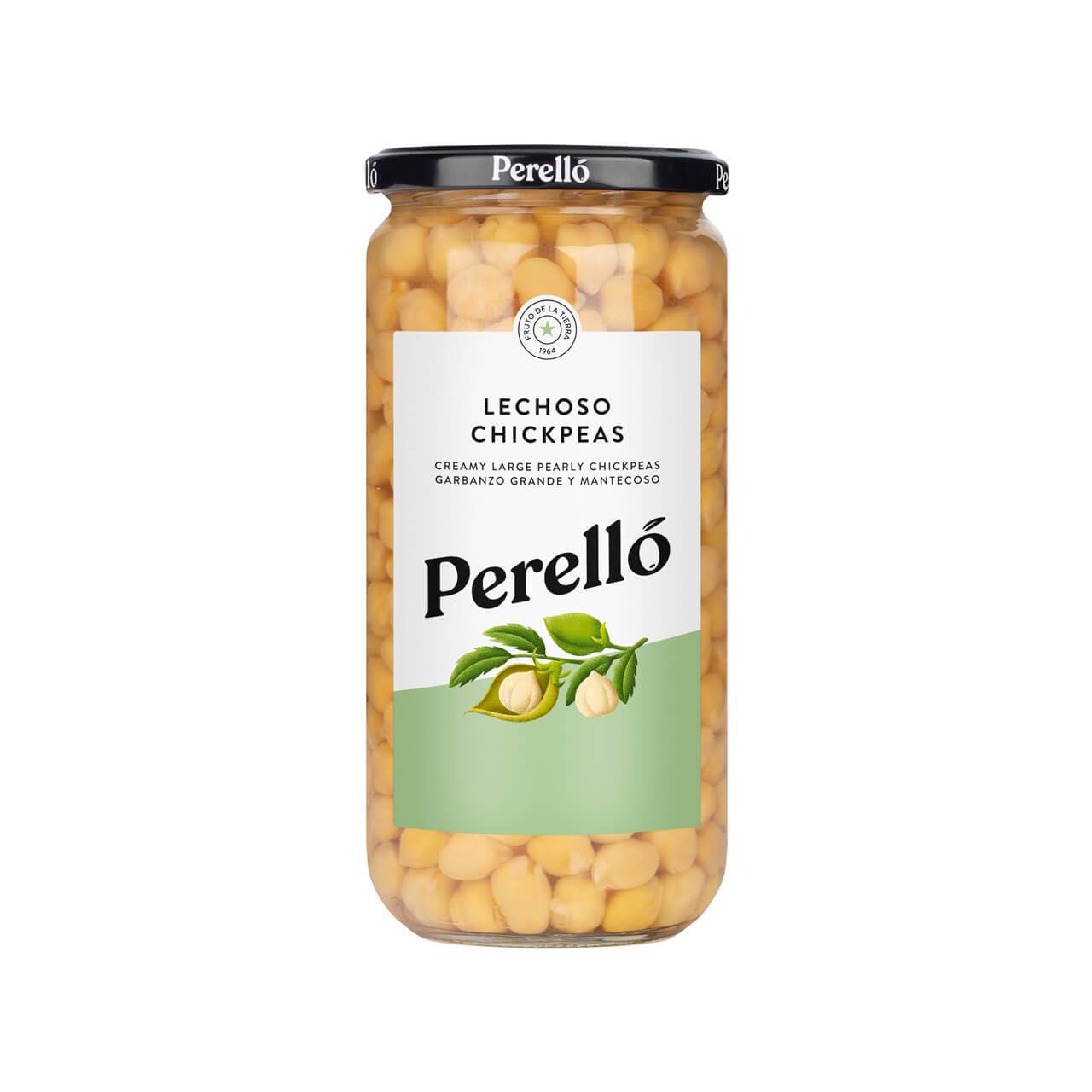 Perello Chickpeas
Perello Chickpeas Buy a Gift Card
Buy a Gift Card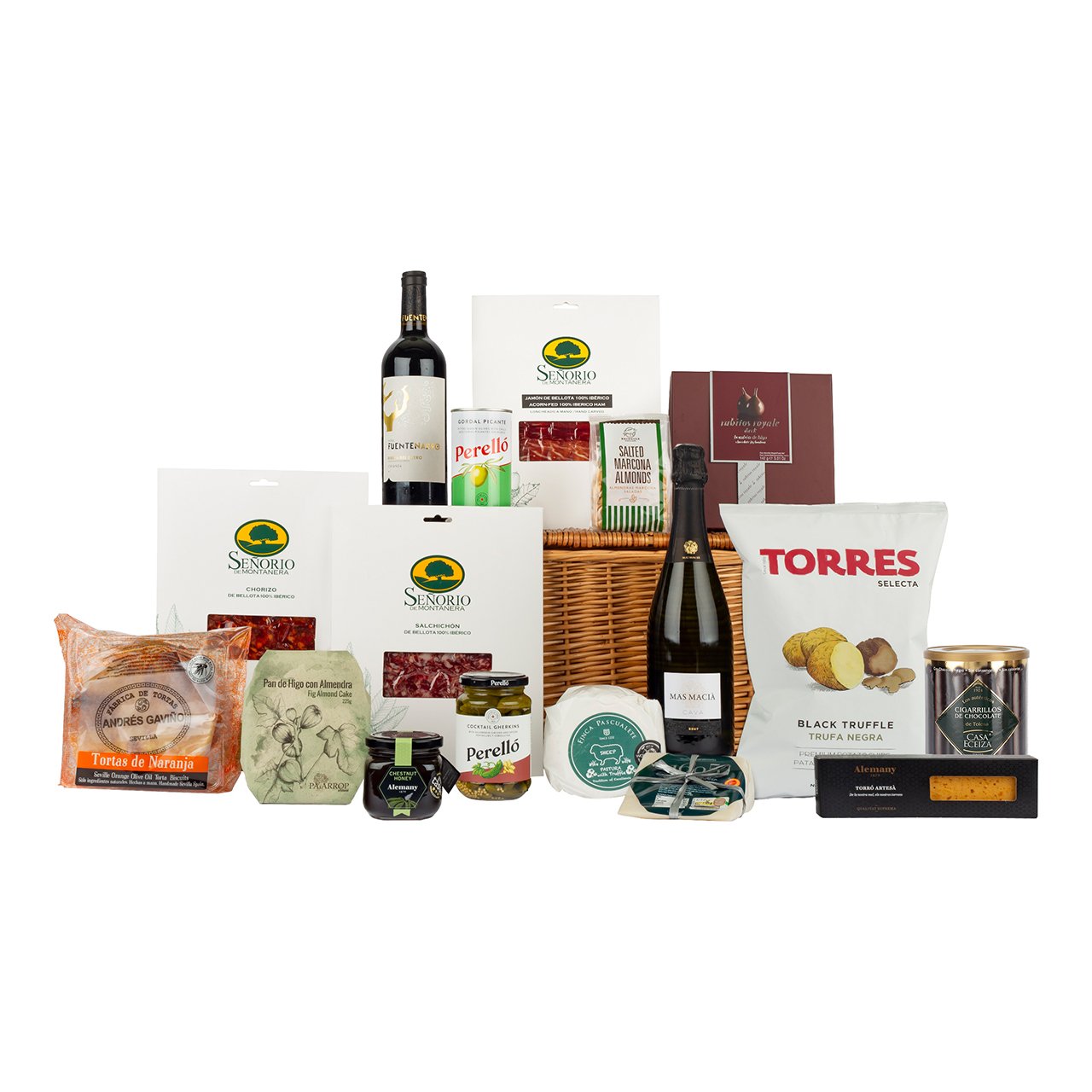 Celebration Hamper
Celebration Hamper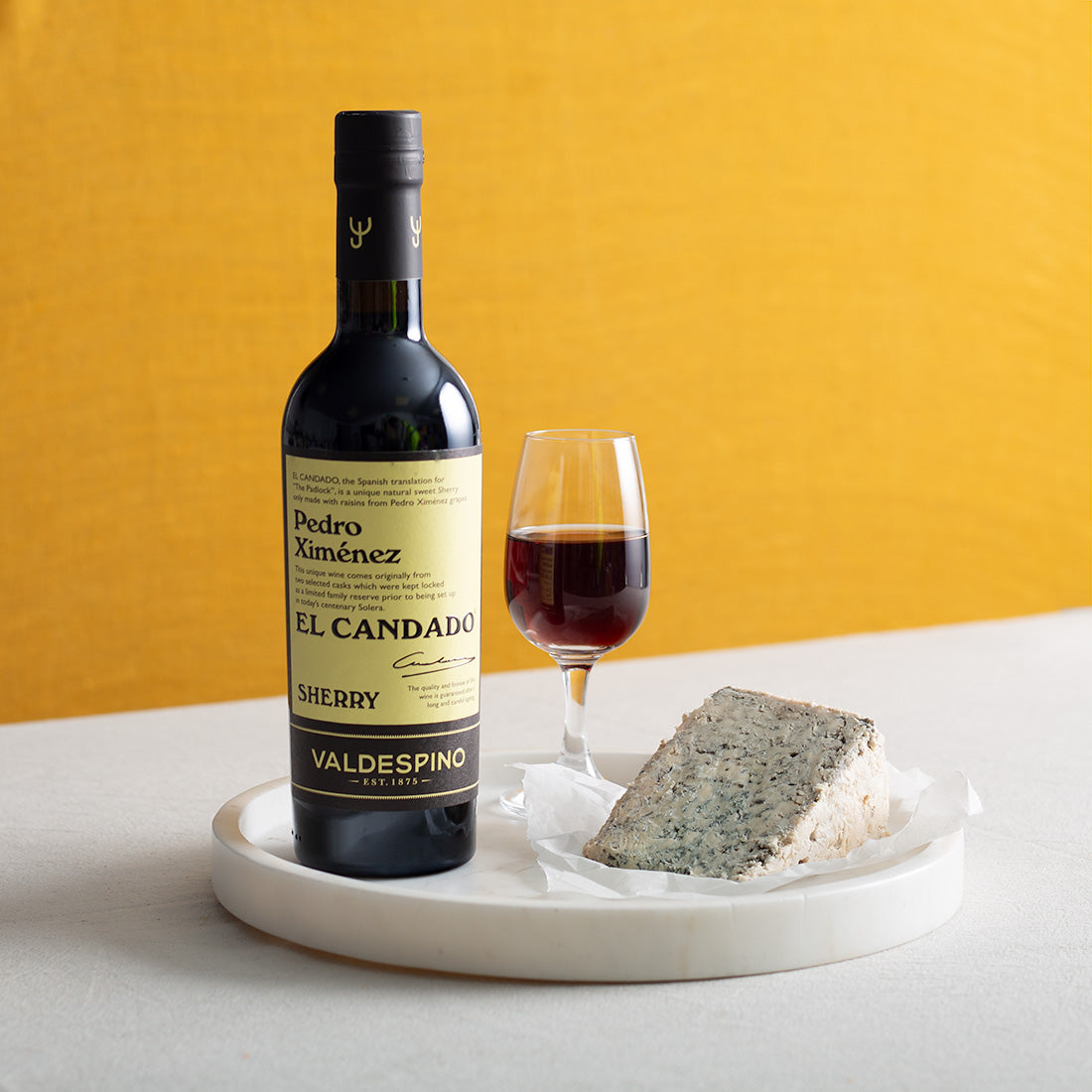 Sherry
Sherry Sparkling Cava for Christmas
Sparkling Cava for Christmas Perello Olives
Perello Olives Navarrico Butter Beans
Navarrico Butter Beans




